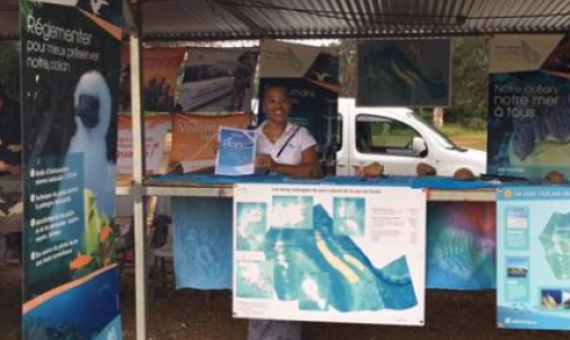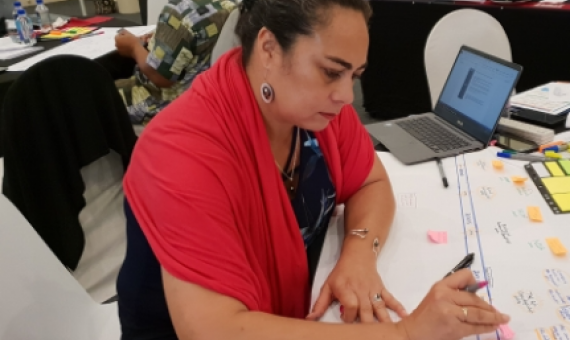World Commission on Protected Areas (WCPA) Oceania Newsletter No.3, 2018
The third edition of the Newsletter of the IUCN World Commission on Protected Areas Oceania (2018). IUCN's World Commission on Protected Areas (WCPA) is the world's premier network of protected area expertise. It is administered by IUCN's Global Programme on Protected Areas and has over 2,000 members, spanning 140 countries.












